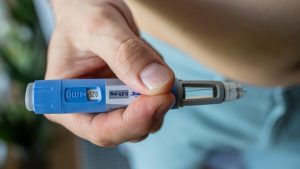Articles / Know your fungi


writer
Microbiologist; Sullivan Nicolaides Pathology's, department of Microbiology and Molecular Pathology
0 hours
These are activities that expand general practice knowledge, skills and attitudes, related to your scope of practice.
0 hours
These are activities that require reflection on feedback about your work.
0 hours
These are activities that use your work data to ensure quality results.
These are activities that expand general practice knowledge, skills and attitudes, related to your scope of practice.
These are activities that require reflection on feedback about your work.
These are activities that use your work data to ensure quality results.
In Australia the commonest encounter with fungi in a medical sense is with superficial and cutaneous fungal infections such as those infecting the skin, scalp or nails.
Fungal infection of the scalp (tinea capitus), skin (tinea) and nails (tinea unguium, onychomycosis) is usually caused by dermatophytes which have a unique ability to utilise keratin as a nutrient source due to the presence of the enzyme keratinase allowing colonisation of the stratum corneum.

Menopausal Hormone Therapy - What Dose of Estrogen is Best?

Cardiovascular Benefits of GLP1s – New Evidence

Oral Contraceptive Pill in Teens

RSV and the Heart

writer
Microbiologist; Sullivan Nicolaides Pathology's, department of Microbiology and Molecular Pathology


Modified but kept in place
Eliminated entirely without replacement
Maintained as is
Completely replaced with an alternative system
Listen to expert interviews.
Click to open in a new tab
Browse the latest articles from Healthed.
Once you confirm you’ve read this article you can complete a Patient Case Review to earn 0.5 hours CPD in the Reviewing Performance (RP) category.
Select ‘Confirm & learn‘ when you have read this article in its entirety and you will be taken to begin your Patient Case Review.
Menopause and MHT
Multiple sclerosis vs antibody disease
Using SGLT2 to reduce cardiovascular death in T2D
Peripheral arterial disease
